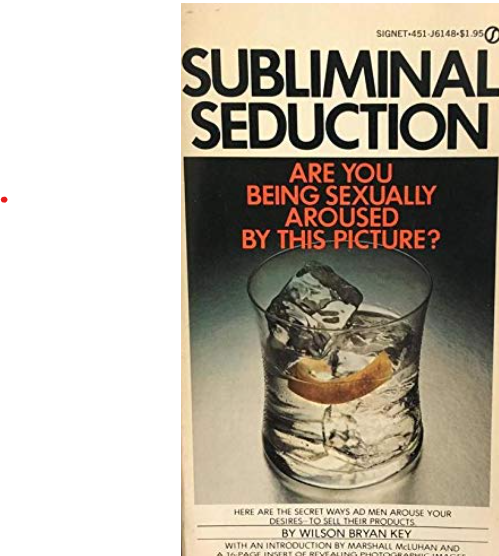
I have been working with PR teams for over twenty years. In all that time, some of the same questions keep coming up about press releases. No, not “is the press release dead yet?” The one I had in mind is about the value of issuing less newsworthy PRs, like awards, personnel announcements, etc. Some avoid them because minor announcements generally don’t move the needle on media coverage.
I argue that it is the wrong way to look at the question.
First, we live in an online world. Even if the media don’t write, there’s a chance that customers and industry players will see the news, especially if it’s sent over a respectable wire and has keywords and/or brand mentions that place the content on the radars of the right audiences.
So, people may glance at it, and quickly move on without any fuss. The media won’t stop the presses. Who cares?
Our subconscious minds do, and file it away, until the brand impressions can affect decisions that benefit the news-issuing company.
The Power of Subliminal Ads and Repetition
In the late 1950s, Vance Packard’s book The Hidden Persuaders made waves. The journalist and social critic wrote about the power of subliminal advertising, citing examples that seemed to prove the effectiveness of hidden messsages in driving consumer attitudes and behavior. E.g. flashing an image of popcorn on a movie screen for a brief instant boosted sales at the concession stand. Another classic on the topic is Subliminal Seduction, by Wilson Bryan Key in 1974.
Also, as I wrote in my post The One Thing you Can’t Measure in PR, direct marketers understand the importance of repetition. They know that you often need to present your message with prospects several times before anything happens.
Do Political Yard Signs Work?
The same ideas apply to PR, and I was reminded of this when I listened to the Search Engine podcast this week (a great pod that aims to answer tough questions, none “too big or two small.”)
The question in this case was: Do Political Yard Signs Actually Do Anything? Or do they just add to the visual clutter?
P.J. Vogt, the podcast’s host said: “I’ve always assumed that they don’t work.” The guest, Cindy Kam, a political science professor from Vanderbilt U, shared the results of her research that aimed to answer the question.
“The theory of the yard sign is name recognition,” Dr. Kam said. “The more you’re exposed to something, the more familiar it becomes; before you know it, you like it.”
Dr. Kam and her team devised an ingenious method to study the effect of yard signs on a local political campaign, by varying them along traffic routes and surveying those who passed by. Lo and behold, her research lab found that political signs have a measurable and consistent effect.
PR that Minor News
These factors support my belief that announcing minor news can help your brand and should not be so quickly dismissed.
The reasons go beyond the power of repetition and subtle brand impressions. It’s also about storytelling.
Consider the staging and sequence of your major and minor news as a narrative, one that ideally shows forward movement for your business. Industry watchers, the media, your customers hopefully take note on both conscious and subsconscious levels, and this can help long term brand building as well as influence short term consumer action and media perceptions.


